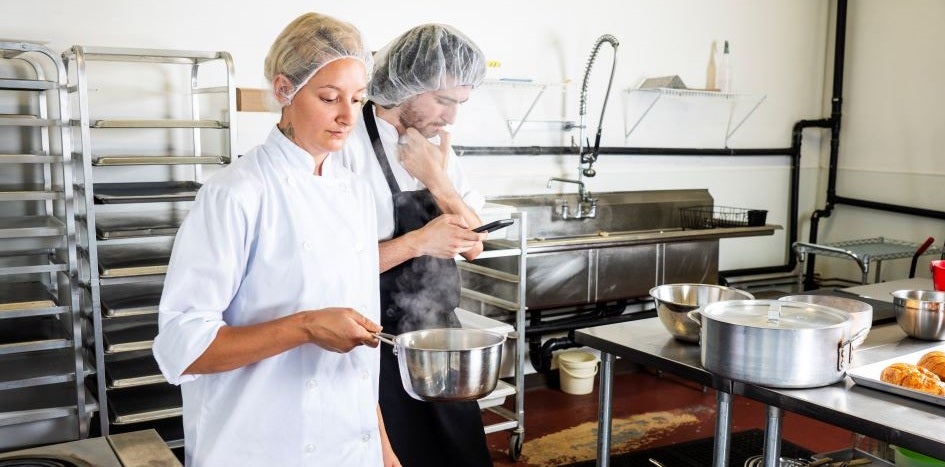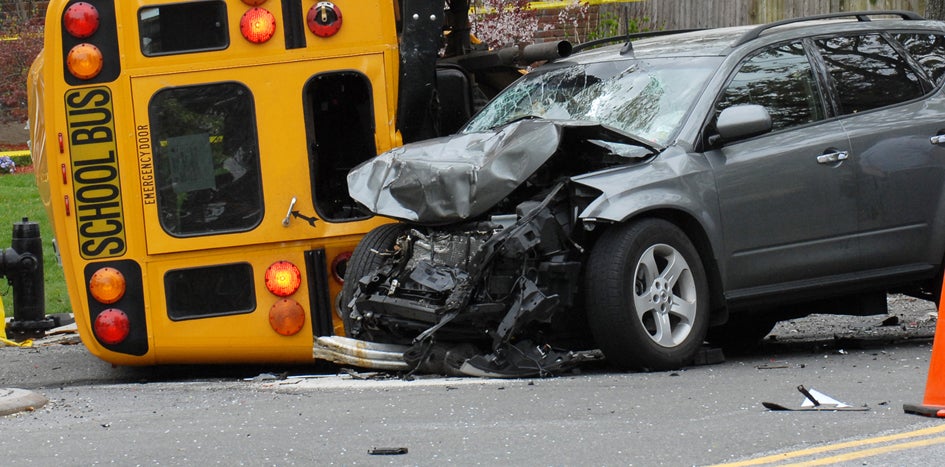How to Implement Community Policing
Law enforcement has a long history of working with schools to enhance safety and security. While the tactics have changed, the goal of School-Based Law Enforcement (SBLE) initiatives such as school resource officer programs and campus police has stayed the same: to improve relationships between local police and youth.
SBLE is a proactive example of community policing. The US Department of Justice defines community policing as a set of strategies for addressing social disorder, crime, and fear of crime through partnerships and problem-solving techniques. That is essentially what SBLE programs do at the school level.
Here's how administrators can weave SBLE into their schools' fabric.
Introduce officers to stakeholders early
Soon after the school year starts, introduce officers to staff, students, and parents. Informal forums such as PTA meetings offer opportunities for stakeholders to meet the officers their children will see every day. Officers should explain their role in ensuring campuses remain safe, secure places to work and learn. They should also emphasize that to do their job effectively, they need everyone’s cooperation and participation.
Remember that officers are also educators
Today’s SBLE officers are equal parts crime fighter, emergency manager, role model, mentor, and educator. SBLE officers have unique expertise that can give real-world context to students in vocational programs such as EMS, public safety, and corrections. In elementary schools, something as simple as inviting officers to read to younger students can go a long way toward building relationships. Consider inviting parents to sit in so they know how their children are interacting with officers.
Participate in community events
Annual events such as National Night Out and National Police Week bring law enforcement and communities together. Including SBLE officers in these programs allows the community and students to recognize their contributions to safety and security. Some events offer staff the chance to participate as a group representing the organization.
Make emergency planning a collaborative effort
Officers and other first responders will play an integral role during an emergency. Include them, as well as parent representatives when appropriate, on your safety and security committees, threat assessment team, safety audit team, and other emergency planning initiatives. Consider making drills a collaboration between the organization and first responders. Afterward, conduct a debriefing session to identify improvement opportunities.
Explore more tips
When educational organizations embrace school-based law enforcement, they bring highly trained public servants into their schools. Officers have a strong commitment to community policing. Their presence bolsters community confidence in school safety and security.
For more tips on establishing strong relationships between law enforcement and communities, explore these Department of Justice publications:
- Safe School-based Enforcement through Collaboration, Understanding, and Respect
- Community-Oriented Policing Services
Have Safety and Security or Emergency Management Questions?
Members with Auto, Liability, Property, and Workers’ Compensation coverage can request training and support from their risk solutions consultant.
Risk Solutions Staff
The TASB risk solutions team includes risk solutions consultants and communications professionals who deliver training, consultations, articles, and resources that help Fund members control losses and their associated costs.
You May Also Like…
View All Related Insights
Elements of Accident Prevention Plans
An accident prevention plan can keep employees safe at work and keep them from taking days off of work. We broke down how to create one and what to include.

How To Manage and Mitigate Your Burn Risks
From bustling kitchens to science labs to maintenance and transportation shops, there are plenty of opportunities for burns to occur at your school or community college.

The Importance of a Thorough Accident Investigation
Conduct accident investigations to uncover the root causes of workplace injuries, correct them, and reduce the risk of similar injuries.

Complete These District Audit Report To-Do’s Before Summer Break
Districts should conduct climate surveys and intruder assessments while stakeholders are accessible and staff, students, and visitors are coming and going.
